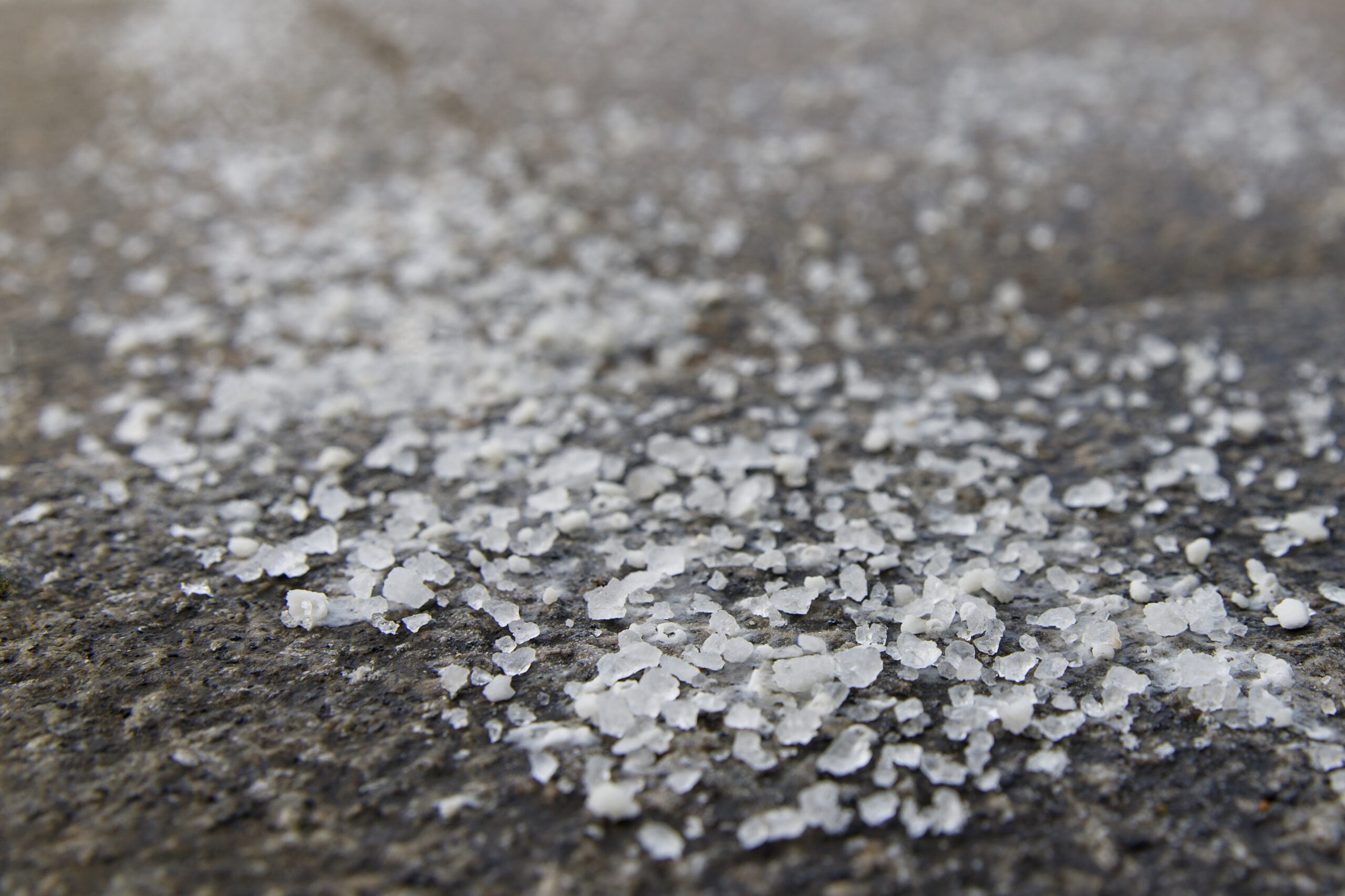Description
Date: May 9, 2024 | 2:00 PM EST/1:00 PM CST
Speaker: Wei Zhang
Credits: 0.1 CEU / 1.0 PDH
In the northern climates, wintry weathers are the headaches of civil engineers at least on two aspects: snow removal and the adverse impacts of road salts on low impact development projects. LIDs try to mimic the pre-development hydrology by using natural processes like vegetation to reduce, retain, detain and infiltrate stormwater. It is commonly used around streets, parking lots and other impervious surfaces. At the same time, applying truck loads of deicing salt on these surfaces is not an option in northern climates. By design, LIDs take the first flush of stormwater runoff, which means high salt concentration. It is all too common to observe the damages and casualties in LIDs after salt application. Damages to many plants only show up in the spring time, which is often too late to remedy the damaged plants. Frequently replacing dead plants–standard operation–poses a high impact to the environment. Some LID projects were killed because of these unexpected high maintenance costs.
Is there a cure? Educating the snow industry to reduce the use of salt is still the best solution. After salts enters the LIDs, the only way to get rid of them is wash them off. However, irrigation systems or watering methods are on strike (winterized by operators or frozen by Mother Nature) when deicing salt is applied. Fortunately, the areas that need large amount of salts are also areas with high precipitation. This presentation is about how to catch and store stormwater and release it when salt is present so to mitigate the damages of LIDs by deicing salt.





